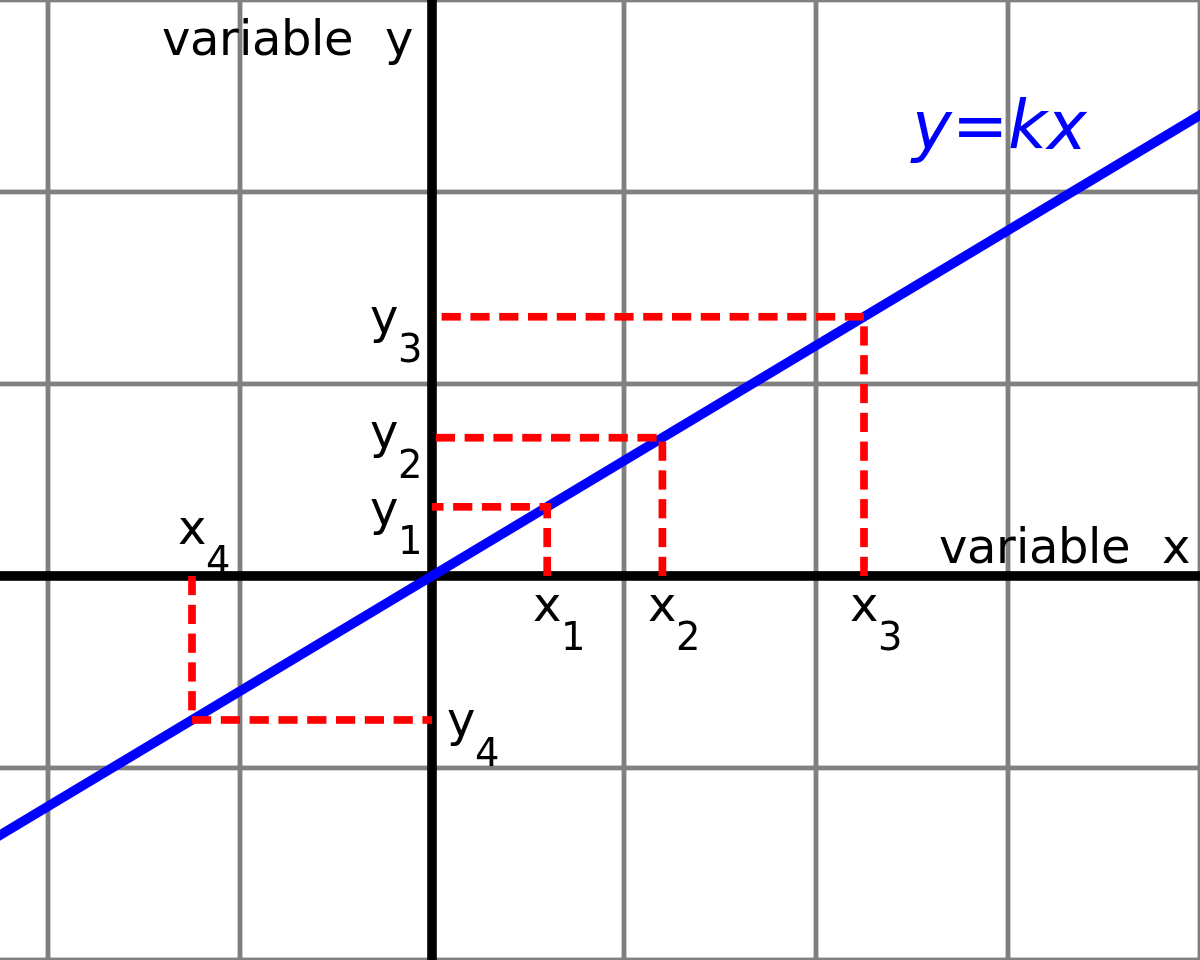Agent Smith
Full Member
- Joined
- Oct 18, 2023
- Messages
- 523
So I was on a science forum and saw an interesting question. Take the equation \(\displaystyle y = -x\).
The slope is \(\displaystyle -1\) and so as \(\displaystyle x\) increases \(\displaystyle y\) decreases and vice versa. This confused the poster, as does it me, because this is how inverse proportionality \(\displaystyle y \propto \frac{1}{x}\) is also described.
How would you to clear this matter up?
The slope is \(\displaystyle -1\) and so as \(\displaystyle x\) increases \(\displaystyle y\) decreases and vice versa. This confused the poster, as does it me, because this is how inverse proportionality \(\displaystyle y \propto \frac{1}{x}\) is also described.
How would you to clear this matter up?

